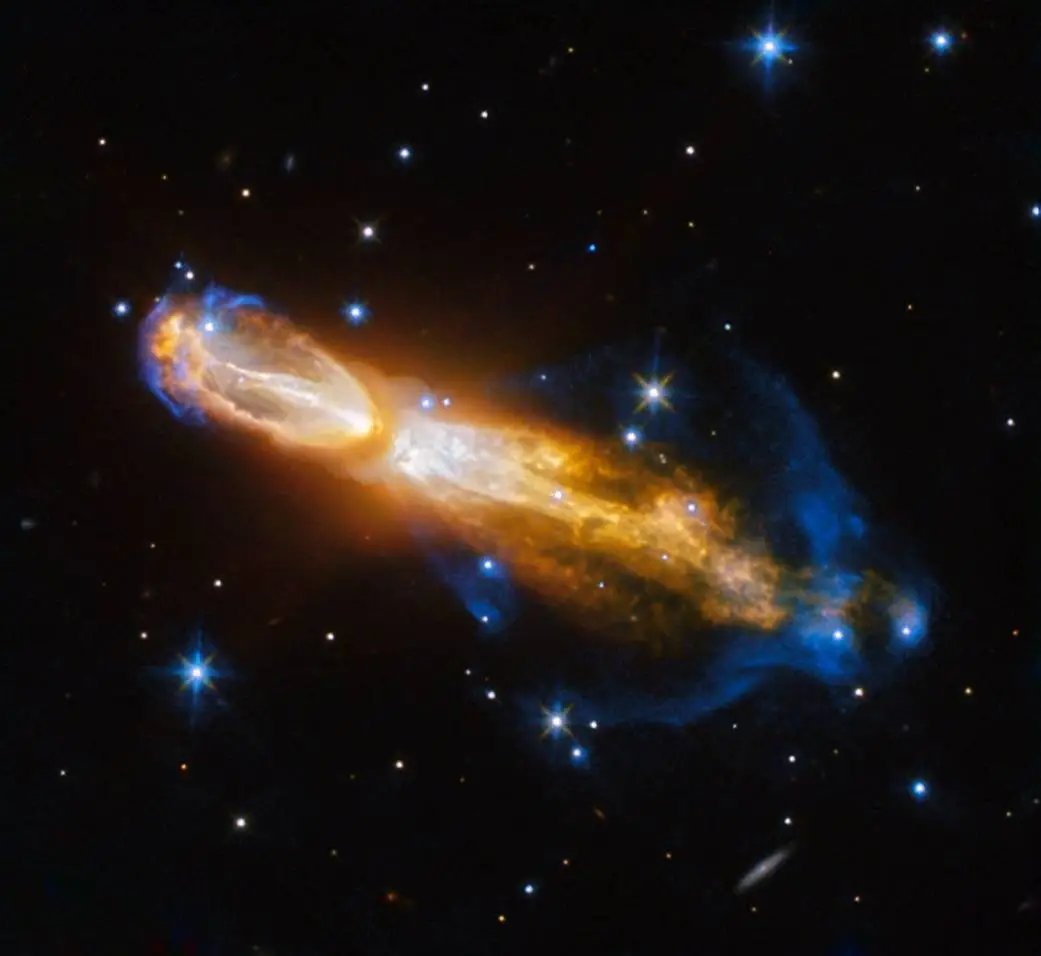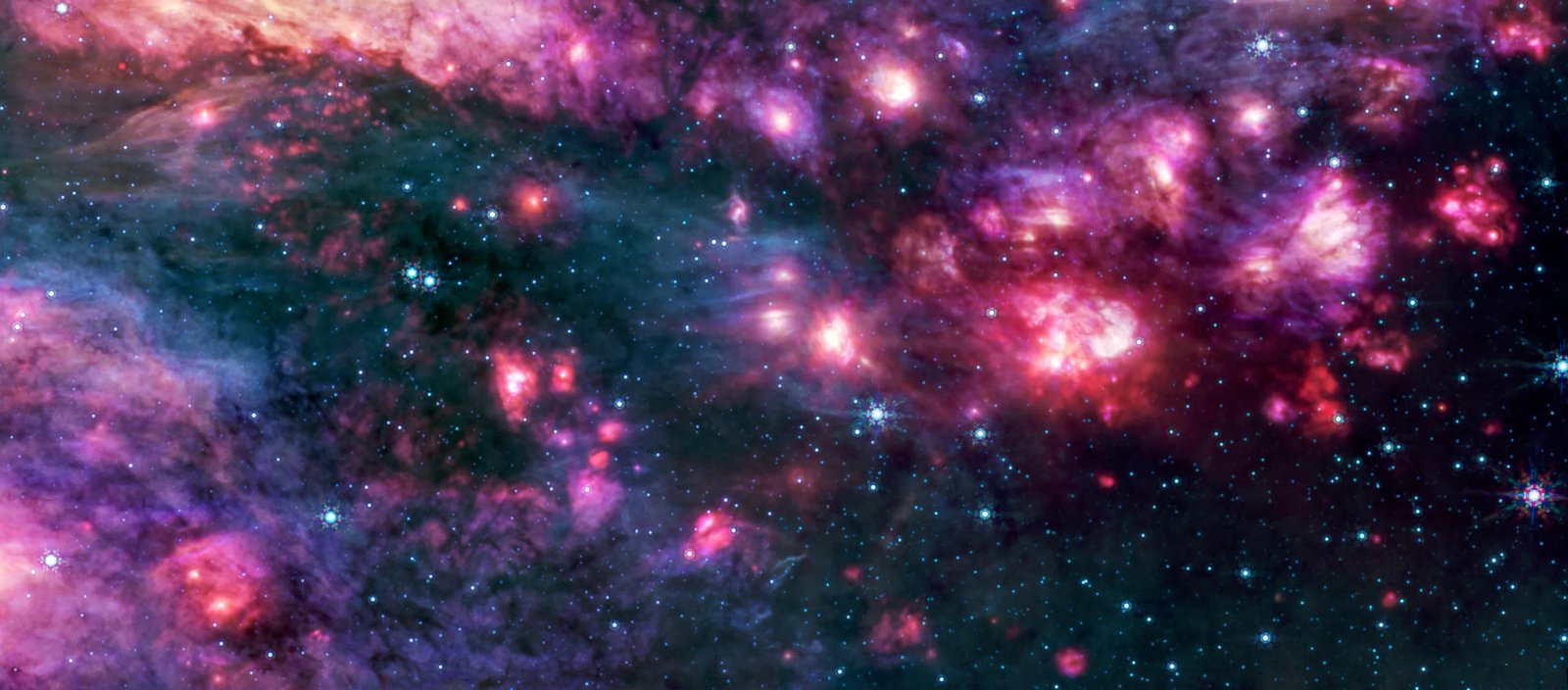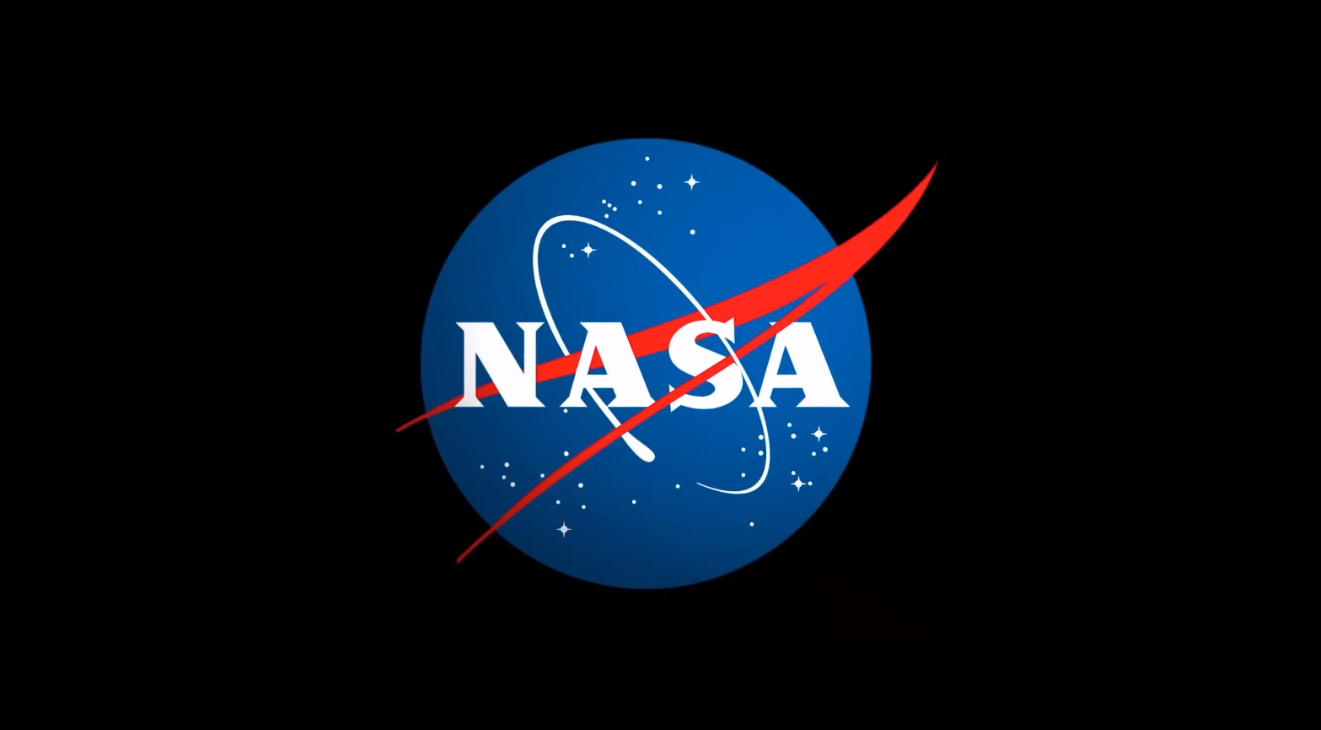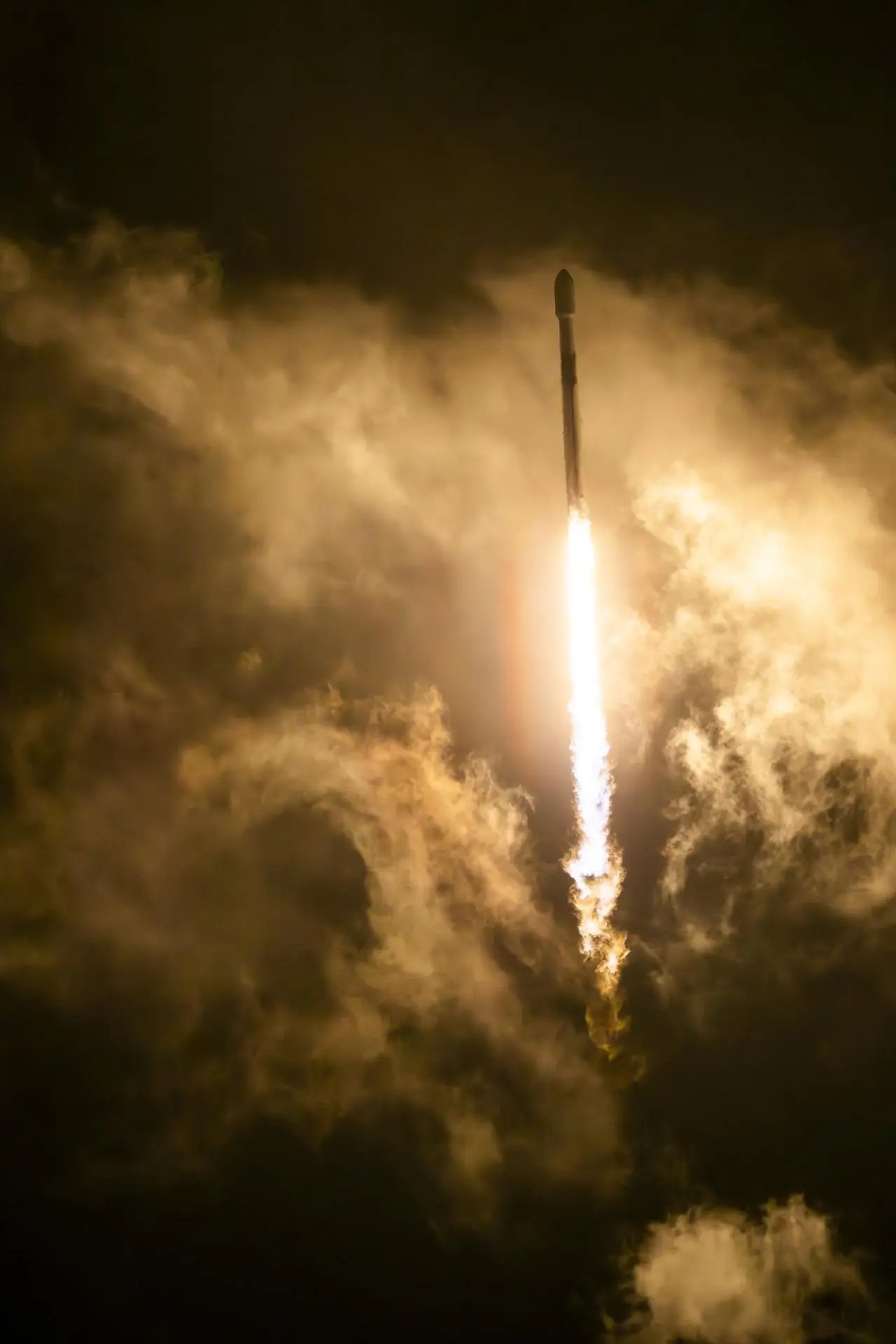The universe never ceases to astonish us. Recently, the Hubble Space Telescope unveiled a breathtaking image of the Tarantula Nebula. This cosmic masterpiece is a swirling mix of gas and dust, illuminated by newborn stars. Scientists estimate that this nebula, located in the Large Magellanic Cloud, is about 170,000 light-years away. But what does a distant nebula have to do with our daily lives? More than you might think.
First, let’s understand what we are seeing. The Tarantula Nebula, named for its resemblance to the eight-legged creature, is a stellar nursery. Here, stars are born amidst chaotic clouds of gas. These stellar births create elements like carbon and oxygen, essential components for life on Earth. Every atom in our bodies can trace its origins back to such cosmic processes.
This image isn’t just pretty; it’s a reminder of our connection to the universe. Each star flickering in the Tarantula Nebula is a reminder of potential. Each bold starburst speaks to possibility—possibilities that inspire humanity’s relentless pursuit of discovery. Think of the lights in your homes. They, too, are products of fusion, echoes of processes happening in places like the Tarantula. Each flick of a switch connects you to the vast universe, where new stars are lighting up the cosmic fabric.
The phenomena captured by Hubble spark curiosity. When we look at beautiful imagery, we start asking questions. How do stars form? What else lies beyond? Engaging our innate curiosity has sparked scientific advancements. For example, technologies that protect our planet or improve our health stem from exploration. The very instruments that allow us to glimpse this nebula also enhance communication, medical imaging, and even environmental monitoring. The impact of the Tarantula Nebula extends into different facets of our lives.

Startups and the Science of Growth
NASA missions are the embodiment of human progress and achievement. They showcase the heights of engineering, computer science, and innovation.
The image of the Tarantula Nebula, captured by the Hubble Space Telescope, showcases incredible details and complexity. Entrepreneurs can draw inspiration from this scientific achievement. Hubble’s technology represents the pinnacle of innovation, and its impact can be translated into the business world.
First, consider how Hubble operates: it relies on advanced imaging technology and data analysis. Startups can adopt similar technological innovations. Investing in cutting-edge tech can enhance product offerings and improve user experience. For example, a startup might implement machine learning to analyze customer data, which can lead to more effective marketing strategies.
Second, Hubble’s deep-space exploration teaches us about persistence and long-term vision. Entrepreneurs should define their long-term goals and stay committed. Building a company takes time and patience, much like Hubble’s mission to explore distant galaxies. Strategies like setting incremental milestones can keep teams motivated and focused.
Third, collaboration is key in space missions. NASA works with various partners to achieve its goals. Startups should seek strategic partnerships to leverage expertise and resources. This could involve teaming up with tech firms to enhance capabilities or collaborating with universities for research and development.
Lastly, Hubble’s adaptability shows the importance of flexibility in innovation. As new challenges arise, companies must be willing to pivot and evolve. Encouraging a culture of creativity can lead to inventive solutions that resonate in the market.
From the desk of a CISO
This is where technology and human creativity converge to solve problems, both simple and complex. It’s where innovation thrives and possibilities are limitless.
The idea that NASA is a bloated government agency couldn’t be further from the truth. They operate with a tight budget and prioritize innovation and efficiency in all their work.
In the mid-1960s, NASA received 4.5% of the total federal budget. Today, they operate with just 0.5% of the budget allocation.
I like writing about NASA, Cybersecurity, Business and Technology Strategy from a CIO/CISO thought leadership perspective. If you like this story, you should check out some of the other stories in the Cybersecurity section or Small Business section. Management Strategy or Information and Communication Technology.
To check the original story Click here
Stay Up-to-date
Stay informed on the latest NASA and space news at Space.com.
AI-NASA-V3







